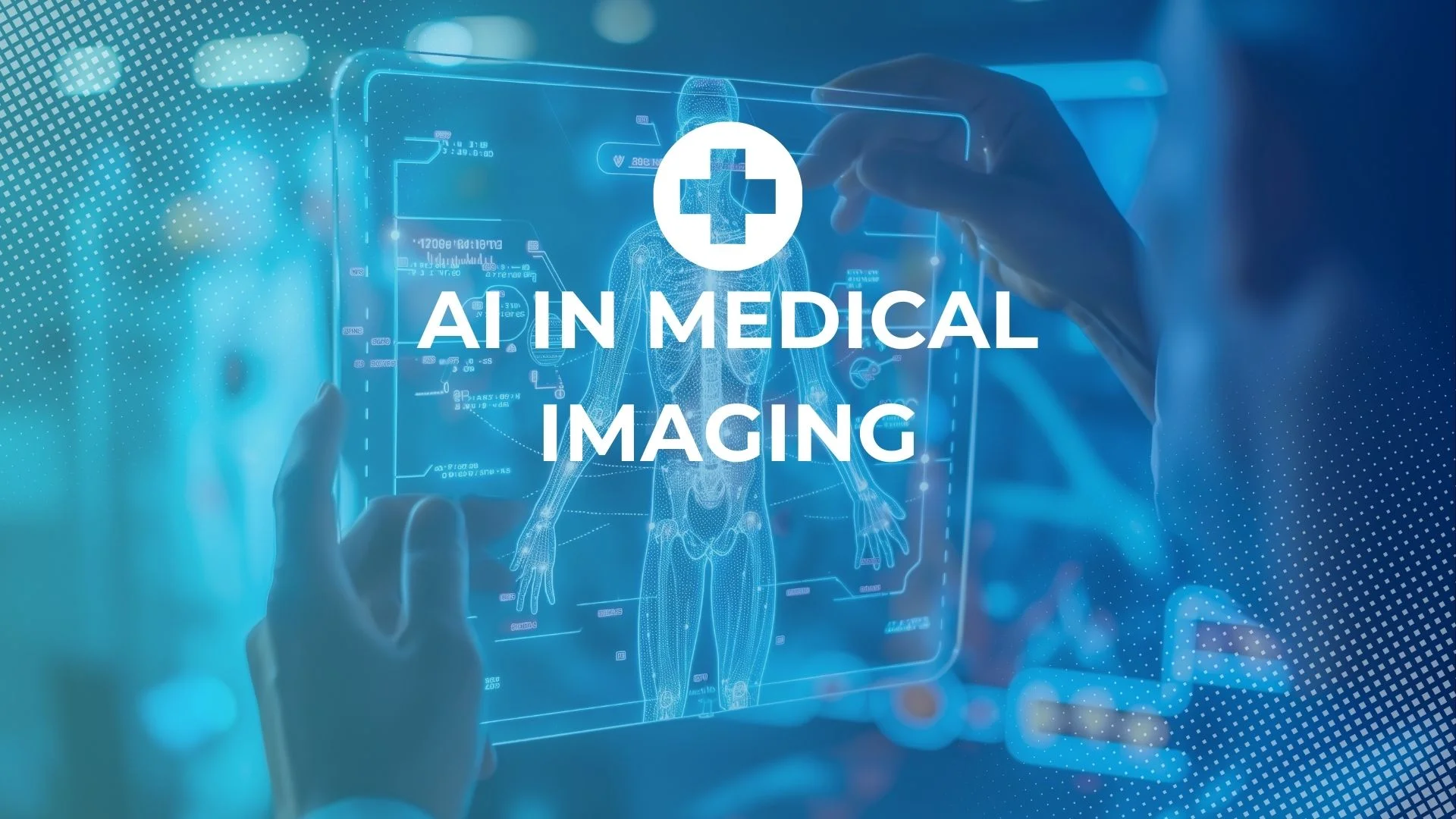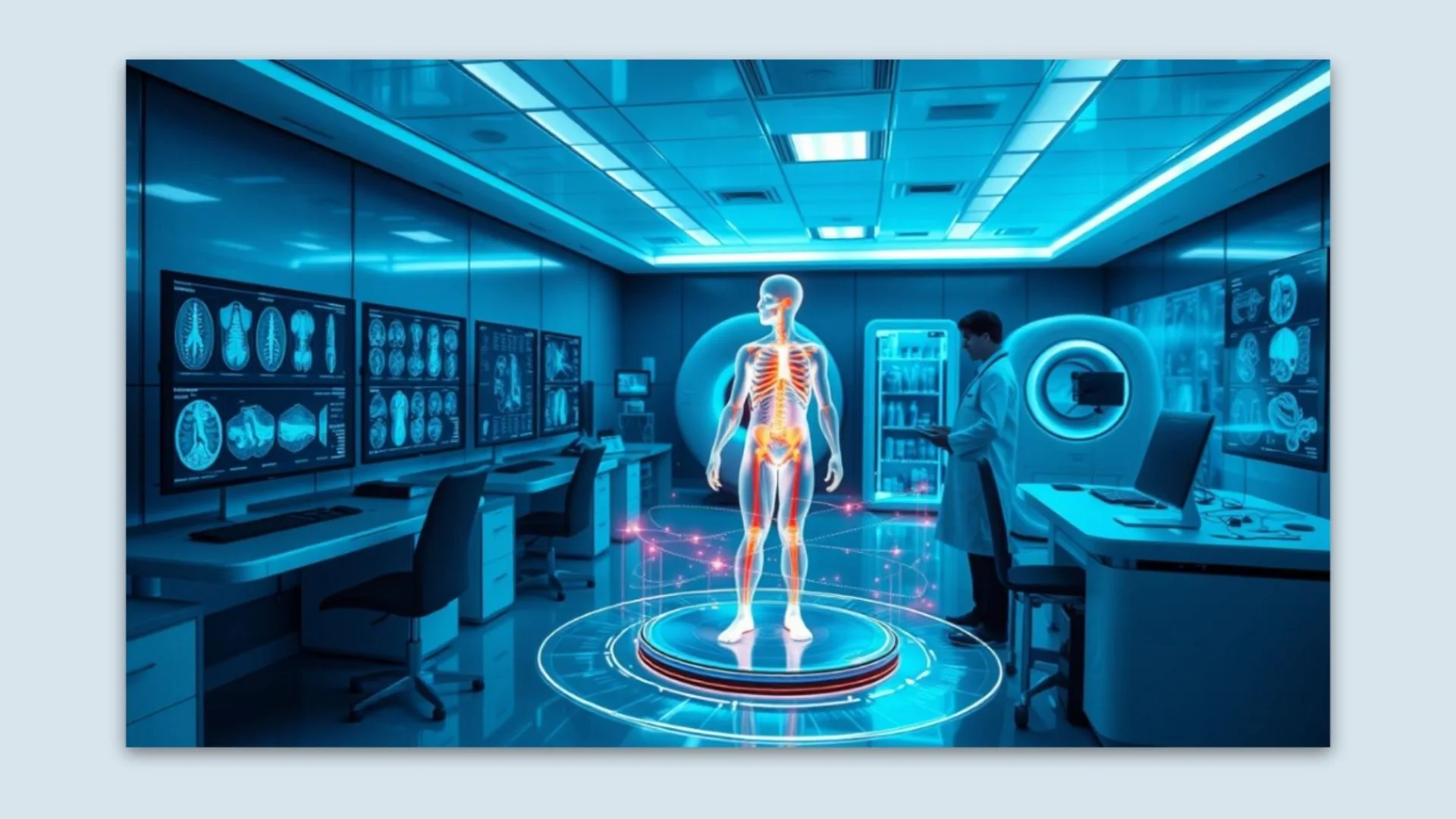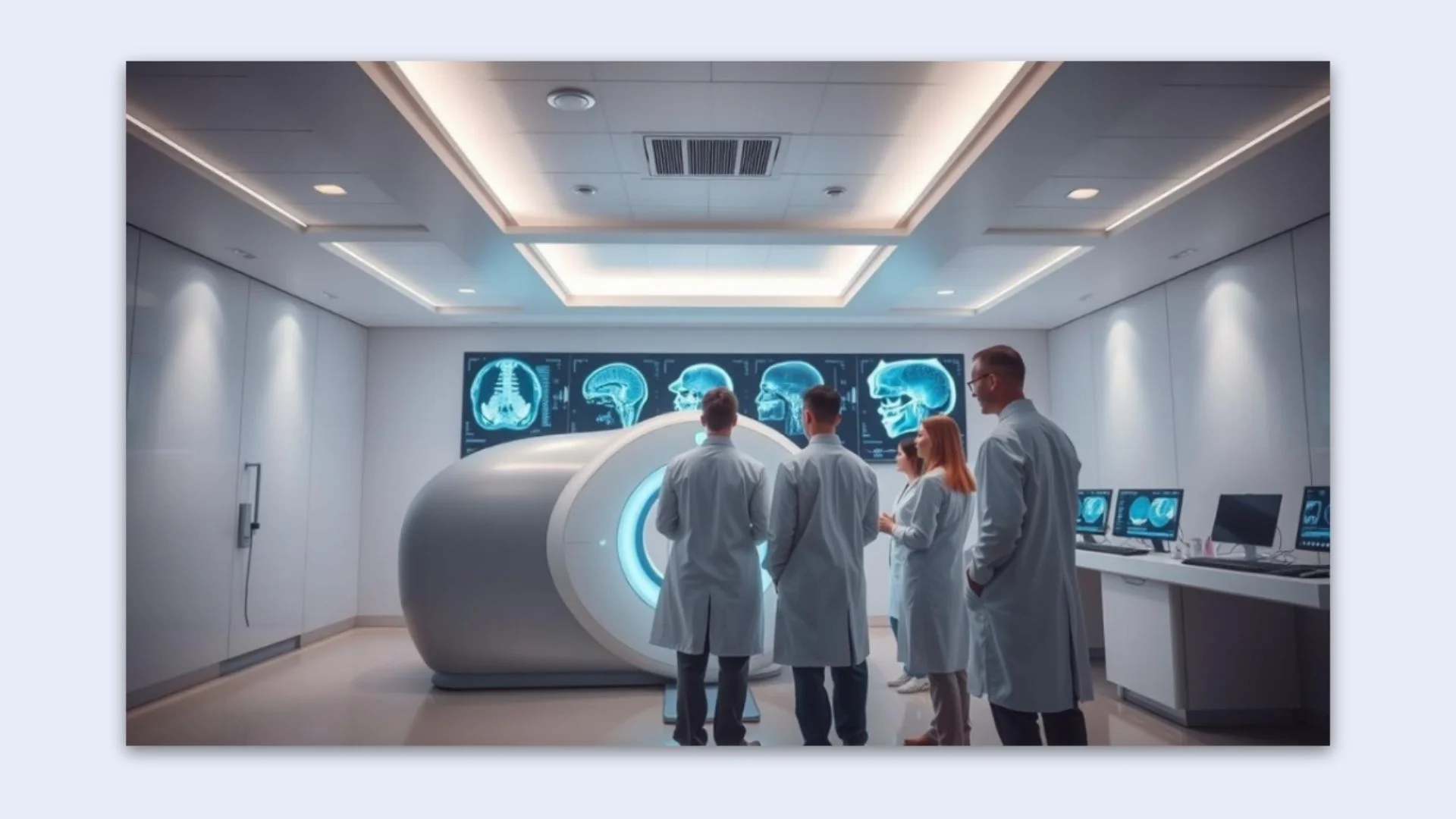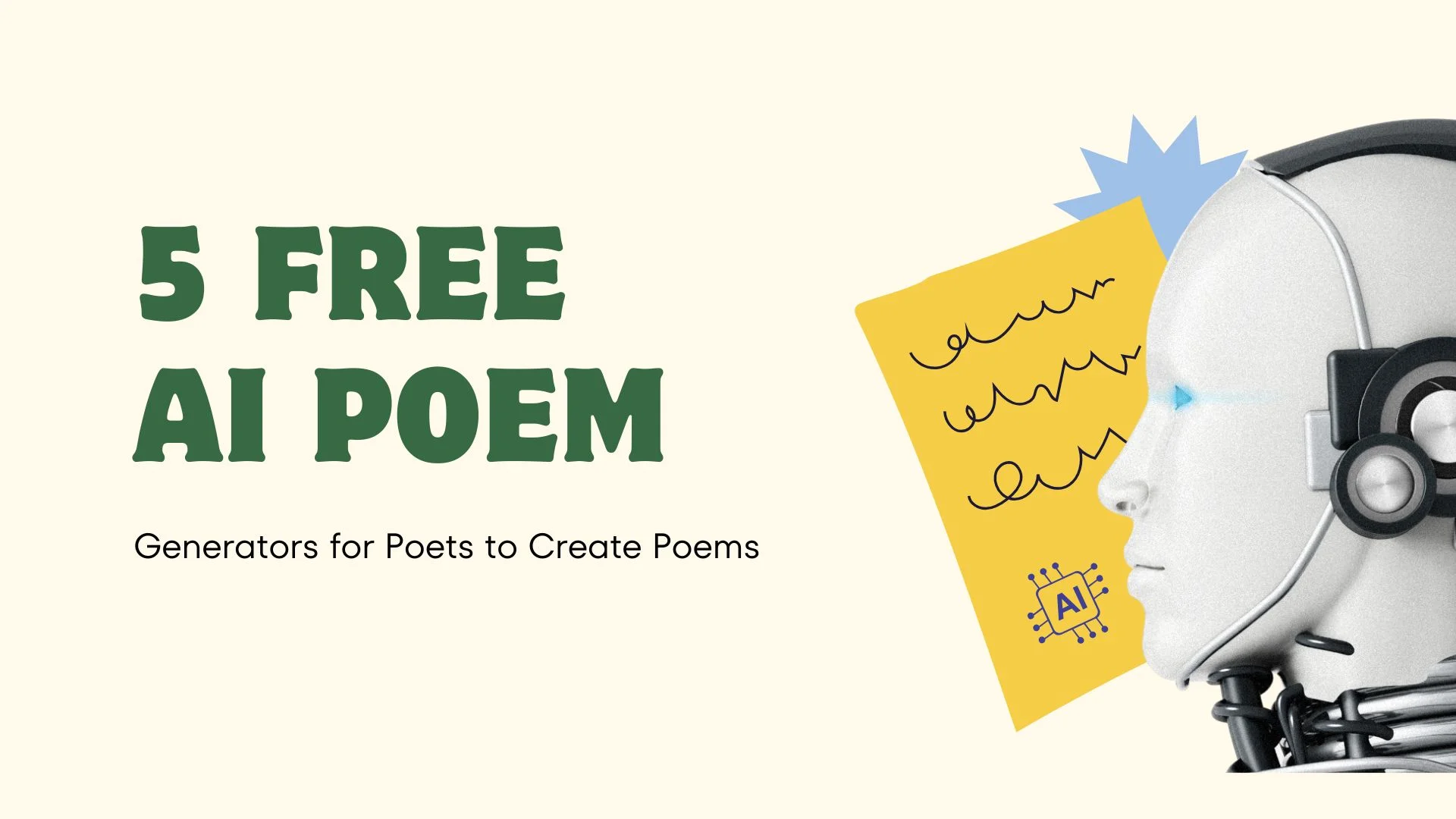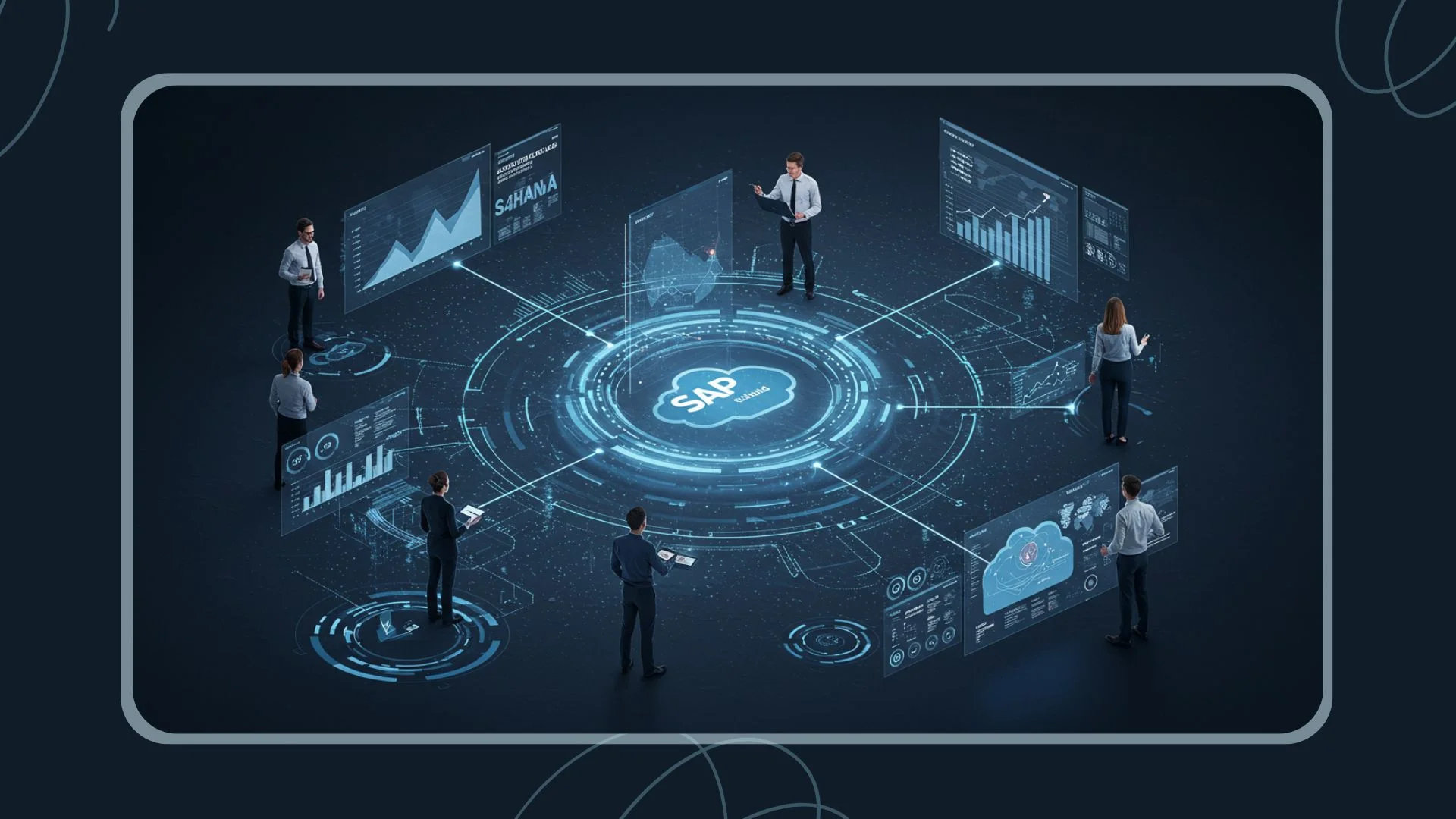Just like any other industry, AI is also changing the healthcare industry and medical imaging for the better. Hospitals and clinics are now using AI to help doctors diagnose diseases better and more accurately. AI in medical imaging is improving treatment plans and will eventually lead to better patient outcomes.
So allow me to explain how AI in healthcare works. Doctors use AI technologies called machine learning and deep learning to help them analyze complex medical images, like X-rays, MRIs, and CT scans. AI in medical imaging allowed doctors to detect problems earlier, reduce human error, and even support them in making more precise decisions.
How AI Is Changing The Medical Imaging Industry:
- AI is improving the accuracy of medical image interpretation significantly.
- Machine learning algorithms are speeding up the diagnostic process.
- Deep learning models reduce the risk of human error.
- Healthcare systems are becoming more efficient with AI integration.
- Precision diagnostics that are powered by AI have significantly improved patient outcomes.
What’s The Current State of AI in Medical Diagnostics?
AI has changed the medical imaging for the better. Doctors can now analyze complex medical data faster and even more accurately. All this advancement in technology resulted in more effective disease detection. So let’s discover the top AI innovations in medical imaging:
AI Medical Imaging Technology
Traditional medical imaging relies on manual interpretation, which can sometimes be slow and inaccurate. Today, AI is changing that, but how? AI can analyze medical images in seconds. This leads to faster, more accurate diagnoses and even earlier disease detection.
How Can Machine Learning Improve Image Recognition
Machine learning is important in medical image recognition, so let me tell you their importance and what they offer. First, they can easily detect any issues, even the tiniest ones that humans can’t normally detect easily. They also read complex scans with high accuracy. On top of that, they can also recognize patterns; this results in lower diagnostic error.
Deep Learning Applications in Radiology
Deep learning has greatly improved radiology. Neural networks can now read images and find where tumors might be. They also can track disease growth and even spot potential health risks.
Integration with Hospital Management Systems
AI systems help doctors check patients faster and even make more accurate decisions. On top of that, they also make daily medical tasks easier and more organized.
In many cases, hospitals and clinics are now turning to a medical virtual assistant to streamline administrative workflows, manage scheduling, and support clinical documentation. This reduces the burden on healthcare staff and improves overall efficiency.
Our research shows that AI in healthcare is growing fast. It’s making medical imaging smarter, quicker, and more focused on giving patients better care.
The Future of AI in Medical Imaging: Key Benefits and Impact
AI is quickly transforming how healthcare diagnostics work. Doctors can now read and understand medical images more easily thanks to the latest AI technology. It even made the whole diagnosis process easier and more accurate. On top of that, AI can help in detecting diseases earlier. But now, let me highlight some of the most important changes in AI and medical imaging. One of the most important benefits of AI in medical imaging is someting called federated learning, which mainly trains AI models. Federated learning does all that while still keeping all patient data private. Another benefit is quantum computing that speeds up how medical images are processed and analyzed. And don’t worry, doctors can still track and understand how AI is making decisions, all thanks to the explainable AI systems. All these advanced imaging techniques provide personalized medicine and help tailor treatments to each patient.
How AI in Medical Imaging Can Improve Diagnosis and Care
AI’s impact on healthcare isn’t just about better diagnoses. It’s also making a big difference in several other areas. Most importantly, AI can predict patient outcomes and even help doctors predict how diseases may progress. On top of that, AI is lowering the healthcare costs. This is mainly because of its accuracy and efficiency, which results in minimal unnecessary tests and treatments. AI in medical imaging improved treatment plans as well, because AI analyzes data to suggest the best possible treatment options that are tailored to each patient. Finally, AI in medical imaging simplified workflows. AI simply automates routine tasks; this has helped healthcare teams to work more efficiently and focus on patient care.
| AI Technology | Healthcare Impact | Potential Improvement |
| Deep Learning Algorithms | High Diagnostic Accuracy | 25-40% faster detection |
| Quantum Computing | High Image Processing Speed | Up to 60% faster analysis |
| Explainable AI | Better Medical Transparency | Improved clinical decision-making |
Final Thoughts on AI in Medical Imaging
The healthcare industry is changing for the better thanks to AI in medical imaging. It provides more accurate, precise, efficient and patient-focused healthcare. Moreover, AI is now essential for medical teams and doctors. It helps them in making more accurate and faster diagnoses. Thanks to advanced algorithms, deep learning, and machine learning, doctors can now spot any health issues, even the tiniest ones.
We might all think that AI is mainly correlated with just the tech industry. However, AI goes beyond that; AI is now integrated into every industry. And for AI to work well, we all have to follow the work ethics and work together. When doctors and tech professionals work together, this ensures AI is used wisely and safely. Our work on these technologies will open up new ways to fight and prevent health problems. The start of AI in medical imaging is exciting, promising a future where tech and human skills improve health care together.
nandbox App Builder
Want to build your own AI-powered app? nandbox’s no-code app builder makes it easier than ever! No coding skills required. Simply choose one of our ready-made templates, drag and drop the features you want, customize everything according to your brand identity, and finally launch your AI-driven native app in no time. Get started today with nandbox and bring your app idea to life!
